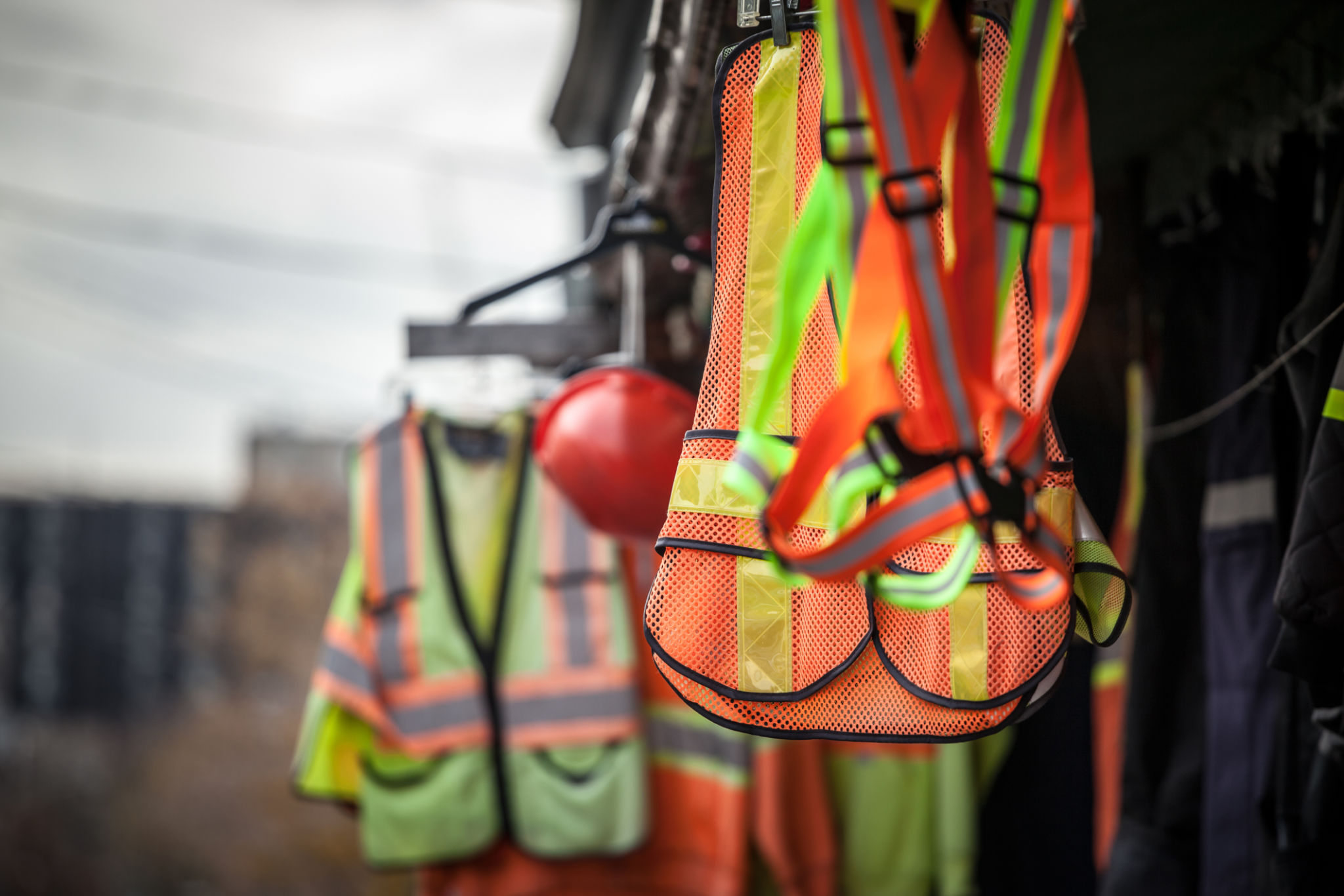Expert Tips for Safe Scaffolding Setup and Maintenance
Understanding Scaffolding Basics
Scaffolding plays a crucial role in construction and maintenance projects, providing workers with a stable platform to perform tasks at height. However, ensuring scaffolding is set up and maintained correctly is essential for the safety of everyone involved. In this post, we’ll explore expert tips to help you manage scaffolding effectively and safely.
Planning the Setup
The first step to safe scaffolding is meticulous planning. Before setting up, consider the type of scaffolding that suits the project requirements. Factors like the height of the building, the load it will carry, and specific site conditions must be taken into account.
Ensure that all components are compatible and in good condition. Selecting the right equipment can prevent most accidents related to scaffolding. It's important to consult with engineers or experienced professionals when planning complex setups.

Inspection and Site Preparation
Conduct a thorough inspection of the site before erecting scaffolding. The ground must be stable and level, as uneven or soft ground can lead to structural instability. Clear any debris or obstacles that might pose a risk during installation or use.
In addition to the site, inspect all scaffolding materials for damage such as rust, bends, or cracks. Tools and components should meet safety standards and regulations, ensuring they can support the intended load without failure.
Setting Up Scaffolding
Once you've completed planning and inspection, it's time to set up the scaffolding. Follow the manufacturer's instructions carefully, as each system may have unique assembly requirements. Engage a team with adequate training and experience in scaffolding to handle the setup process.
Ensure all safety measures are in place during assembly. This includes securing guardrails, using non-slip platforms, and installing access ladders correctly. Regularly check for any signs of instability during assembly and make adjustments as needed.

Regular Maintenance Practices
Maintenance is key to extending the lifespan of scaffolding and maintaining safety standards. Regularly inspect the structure for signs of wear and tear. Tighten any loose components and replace damaged parts promptly to prevent accidents.
Implement a schedule for routine maintenance checks, especially if the scaffolding is used extensively. Keep detailed records of inspections and maintenance activities to ensure compliance with safety regulations.
Ensuring Worker Safety
Protective gear is a must when working on scaffolding. Workers should wear helmets, harnesses, and non-slip footwear to reduce the risk of falls and injuries. Training sessions should be conducted regularly to educate workers about safe practices when using scaffolding.
Limit the number of people on the scaffolding at any given time to reduce weight load and enhance stability. Encourage open communication among team members to report potential hazards or unsafe conditions immediately.

Responding to Emergencies
Despite best efforts in planning and maintenance, emergencies can still occur. Develop a comprehensive emergency response plan that includes evacuation procedures, first aid measures, and contact information for emergency services.
Conduct drills regularly to ensure all workers are familiar with the emergency protocols. Quick and effective responses can minimize injuries and save lives in case of an accident.
Conclusion
Safe scaffolding setup and maintenance require attention to detail, regular inspections, and adherence to safety regulations. By following these expert tips, you can create a safer work environment for your team and ensure successful project completion without incidents.
